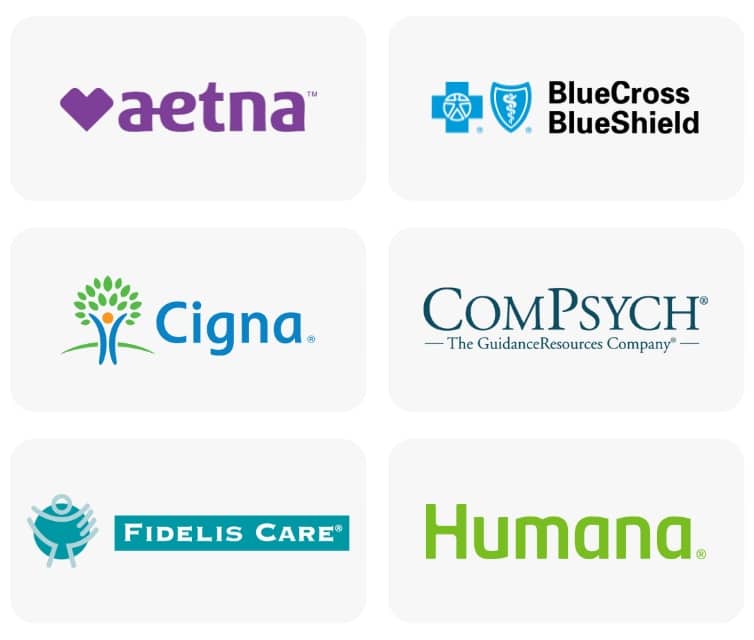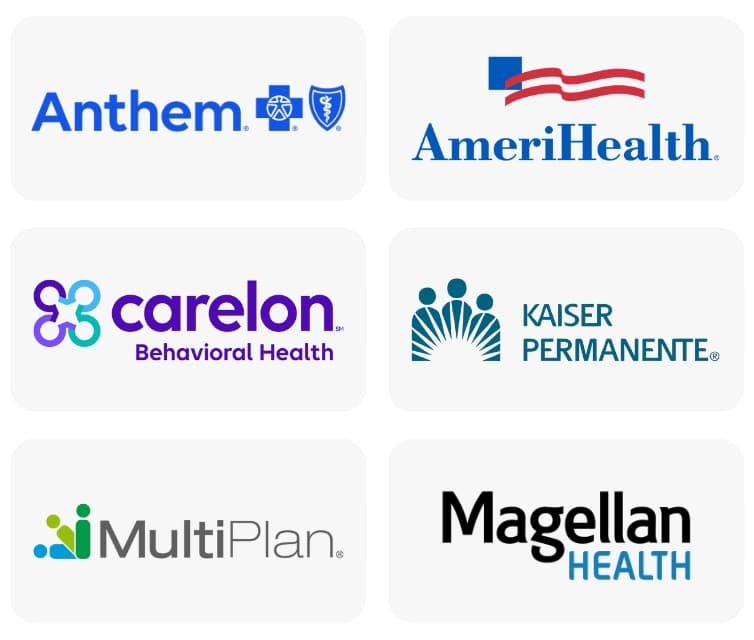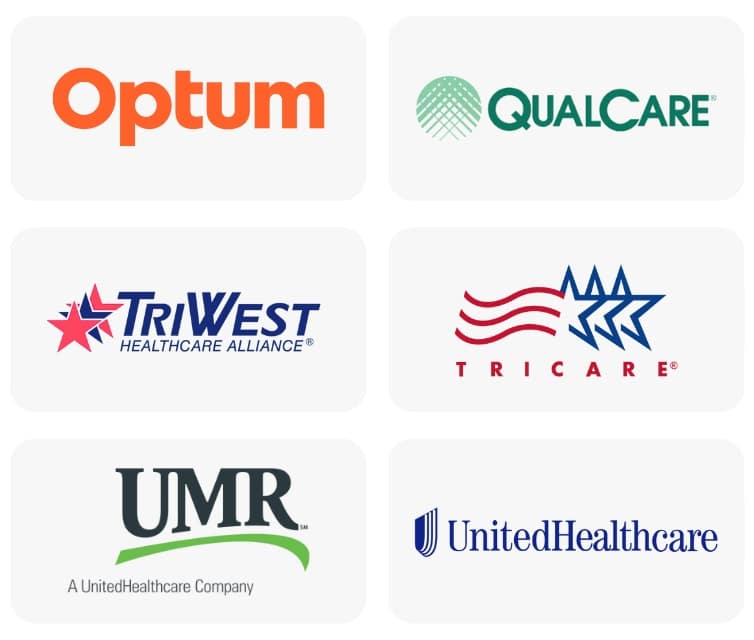Skip To Section
Have you ever found yourself drinking a little too much at a party or a night out with friends? We’ve all been there – one drink turns into two, and before you know it, you’re feeling tipsy and having a great time. But what happens when you get too drunk?
Many people have had experiences with alcohol that they may not remember or regret after the fact. It’s important to understand what happens to your body when you get too drunk so that you can make informed decisions about your drinking habits and know when to get help.

How Drunk Is Too Drunk?
To understand what happens when you get too drunk, it’s important to define what being “too drunk” means. While everyone’s tolerance for alcohol is different, generally speaking, being too drunk means consuming enough alcohol to significantly impair your judgment, coordination, and motor skills. This can lead to behaviors that are out of character or dangerous, such as blacking out, getting into fights, or engaging in risky activities.
While low to moderate drinking is generally considered socially acceptable and safe, what happens when you get too drunk? Drinking too much too fast can raise your BAC (blood alcohol concentration) to unhealthy levels.
When you bring your BAC over the legal limit of 0.08 g/dLs, the Center for Disease Control and Prevention (CDC) says it is considered binge drinking. This typically occurs if a man drinks five drinks or a woman drinks four drinks in a two-hour time period. Binge drinking is a pattern of excessive drinking that can put you at risk for getting drunk.
The more you drink and the higher you raise your BAC, the more drunk you get and the more danger you put yourself in.
What Happens When You Get Too Drunk?
What exactly happens to your body when you get too drunk? As you consume alcohol, it enters your bloodstream through the lining of your stomach and small intestine.
This can results in symptoms such as:
- Flushed skin
- Thinned blood
From there, it travels to your brain where it begins to affect its central nervous system functions. Alcohol is a depressant, which means it slows down the communication in your brain.
This typically results in the typical “drunk” feeling which includes symptoms as such:
- Slurred speech
- Lowered Inhibitions
As you continue to drink more alcohol and your blood alcohol concentration (BAC) rises, the effects become more dangerous, including symptoms like:
- Blurry vision
- Impaired coordination and reaction time
- The spins
- Blackouts
- Alcohol poisoning
When you drink too much, you may also experience symptoms of a hangover the next day.
Flushed Skin
Alcohol causes blood vessels to relax. It acts as a vasodilator, and at high levels, it can increase blood pressure and lead to a warm feeling.
Some people have an intolerance to alcohol that can cause a red face and warm flushed skin. The National Health Service (NHS) reports this is common in the Asian population. This facial flushing and reddening of the skin can occur even with low amounts of alcohol.
Thinned Blood
Alcohol can thin your blood. In low to moderate amounts, it may have health benefits in helping to prevent blood clots. This is because alcohol can keep your red blood cells from being as “sticky,” preventing them from congealing as quickly.
Excessive amounts of alcohol can be hazardous, however. The blood-thinning effects can put you at risk for bleeding too much and for possible bleeding strokes.
Lowered Inhibitions
One of the main risks when you get too drunk is alcohol interferes with your thought processes. It causes you to take bigger risks and makes you less able to think through the potential consequences of your actions.
After one or two drinks, you are likely to feel happy, relaxed, more sociable, and less inhibited. You are apt to talk more and be more open to suggestion.
Another drink or two can make you even less likely to be able to think clearly, and it can impact your decision-making abilities. Lowered inhibitions can cause you to potentially get yourself into sticky situations. You may engage in the following:
- Criminal behaviors
- Unsafe sexual encounters that can lead to unwanted pregnancy or a sexually transmitted disease
- Behavior that leads to accidents or injuries
- Driving while impaired
Slurred Speech
As the World Health Organization (WHO) reports, one of the biggest indicators of alcohol intoxication, or drunkenness, is slurred speech.
Alcohol impairs your motor coordination, which also impacts the muscles of your mouth and face. It can also make your tongue seem thick and make it hard to talk and form words. The more drunk you get, the harder it will become to speak clearly.
Blurry Vision
Alcohol impacts your vision. The more you drink, the harder it can be to keep your balance and see straight. Often, one of the first indicators of being drunk is impaired vision. When you drink, muscle control starts to go. The muscles that control your eyes are affected, such as the muscles in the eyes that help them to focus and see clearly.
Alcohol also impairs the way your brain sends signals throughout the central nervous system, impeding the natural transmission of its chemical messengers and the neural pathways. Distorted vision, blurry vision, and double vision caused by alcohol intoxication are usually temporary and improve the next day.
Impaired Coordination and Reaction Time
When you drink too much alcohol, it can impact your reflexes, coordination, and reaction time. Once your motor coordination and reaction time are severely affected, this makes it difficult to walk or drive safely. This, along with impaired judgment, can lead to risky behaviors that could result in accidents or harm to yourself and others.
The Spins
When you drink too much, you may feel like the room is spinning, often after trying to go to bed and close your eyes. The spins are an uncomfortable side effect of being drunk.
Part of the reason for the spinning sensation is related to the center of balance that is impacted by alcohol use. The more you drink, the more the inner ear is impacted because of inflamed blood vessels. This can influence your sense of stability and cause the spins.
Alcohol intoxication can cause vertigo and nausea, which can then lead to vomiting.
Blackouts
Alcohol affects your brain’s ability to form memories. This is why many people experience blackouts while drinking heavily. In general, a blackout occurs when you drink so much so fast that your body can’t break it down. The body essentially shuts down, causing you to lose consciousness and pass out, suffer from alcohol poisoning, or have no memory of the events that occurred while drunk.
A blackout is when you can’t remember what happened or what you did while you were drunk. This can be scary, and you may lose a few hours of time. Usually, you can remember what happened leading up to the blackout but a chunk of time is just gone. You may engage in dangerous or risky behaviors during a blackout and not remember any of it.
U.S. News & World Report says that a blackout happens because too much alcohol can impede the formation of new memories, and parts of your brain involved in this process stop working. Activity of the hippocampus is suppressed, and information cannot properly be moved from the part that houses short-term memories to the part that houses long-term memories.
You can black out without passing out. It can be unsettling to not remember how you acted or what you did while drunk.
Alcohol Poisoning
When you get too drunk, you can quickly cross the line into alcohol poisoning, which can be fatal. The CDC reports that about six Americans die every day from alcohol poisoning.
This poisoning happens when your body can’t break down the amount of alcohol present. Alcohol then builds up, causing toxicity.
As a central nervous system depressant, alcohol can shut down life-sustaining functions, such as blood pressure, heart rate, body temperature, and breathing. This can be fatal.
The following are signs of alcohol poisoning:
- Vomiting
- Loss of consciousness and inability to wake up
- Slow and irregular breathing
- Low body temperature that can cause cold and bluish skin
- Extreme mental confusion
- Seizures
Alcohol poisoning is a medical emergency. Call 911 right away.
Hangover
A hangover is a common side effect of getting drunk the night before. Usually, you’ll drink too much, go to sleep, and end up feeling terrible the next day.
NIAAA publishes that a hangover is a form of mild alcohol withdrawal that occurs after alcohol processes out of the body, and it can last up to a day after a heavy night of drinking. It is related to dehydration, inflammation, disrupted sleep, irritation to the gastrointestinal system, and alcohol metabolism.
The following are side effects of a hangover:
- Thirst and dehydration
- Nausea, decreased appetite, and vomiting
- Dizziness
- Headache
- Fatigue
- Disrupted sleep
- Muscle aches
- Vertigo
- Light and sound sensitivity
- Elevated blood pressure
- Sweating
For most people, a hangover can be a painful and uncomfortable consequence of getting drunk. With that being said, hangover symptoms differ from person to person.
These symptoms are caused by the body trying to rid itself of the toxins in alcohol. This is why drinking plenty of water and getting rest can help people struggling with the effects of drinking too much alcohol the next day.
How Much Alcohol Is Too Much?
How much alcohol is too much will vary from person to person, as everyone metabolizes alcohol differently. A small, older woman is likely to get drunk faster than a younger and bigger man.
These factors can affect how you metabolize alcohol:
- Sex
- Age
- Size and body composition
- How much food was consumed
- Race
- The presence of medications or other drugs
- How much and how often you drink (alcohol tolerance and dependence)
- Biological factors
Still, there are specific guidelines to help you drink responsibly. The Office of Disease Prevention and Health Promotion recommends that people don’t start drinking if they don’t already, don’t drink at all if they are under the legal drinking age of 21, and don’t drink if pregnant. If you do drink, stick to one drink per day if you are a woman and two if you are a man.
Here’s what constitutes a standard drink:
- Beer: a 12-ounce beer containing 5 percent alcohol
- Wine: a 6-ounce pour containing 12 percent alcohol
- Malt liquor beverage: an 8- or 9-ounce glass containing 7 percent alcohol
- Distilled spirits: a shot of 1.5 ounces containing 40 percent alcohol (80 proof)
Drinking Responsibly to Avoid Getting Too Drunk
Drink alcohol slowly, eat food, and alternate alcoholic drinks with glasses of water. Know what a standard drink is. Recognize that it takes your body about an hour to break down and metabolize one alcohol beverage. Give yourself time to break it down, and keep your BAC under 0.08 g/dLs.
Understand that not all drinks are created equally. Many restaurant or bar pours are larger than a standard drink.
Watch for signs of intoxication. Never drive after driving. It can be helpful to have an accountability buddy to help you know if you are reaching your limit as well.
Alcohol can be consumed safely and responsibly within reason. It’s important to be aware of your limits and act accordingly. If you struggle with alcohol abuse of any kind, it’s a sign that you may need help to better manage your consumption.
What To Do If You Can't Stop Getting Too Drunk?
If you have ever found yourself unable to control your alcohol intake, you are not alone. Many people struggle with this issue, and it can be a difficult cycle to break. Alcoholism is a disease that can have serious consequences if left untreated. Continuing to drink excessively can lead to health problems, damaged relationships, and dangerous, potentially life-threatening consequences.
It may be hard to accept that you have a problem with alcohol, but recognizing that there is a problem is a huge step in the right direction. In doing so, you can reach out to a loved one and find professional alcohol treatment that can help you stop drinking too much.
At Footprints to Recovery, our alcohol treatment provides a safe and supportive environment where you can learn coping skills, address underlying issues, and develop healthy habits. To learn more about our alcohol addiction treatment programs, call us or fill out a secure, online contact form.
Our admissions team is available 24/7 to listen to your story and help you get started with the next steps.


